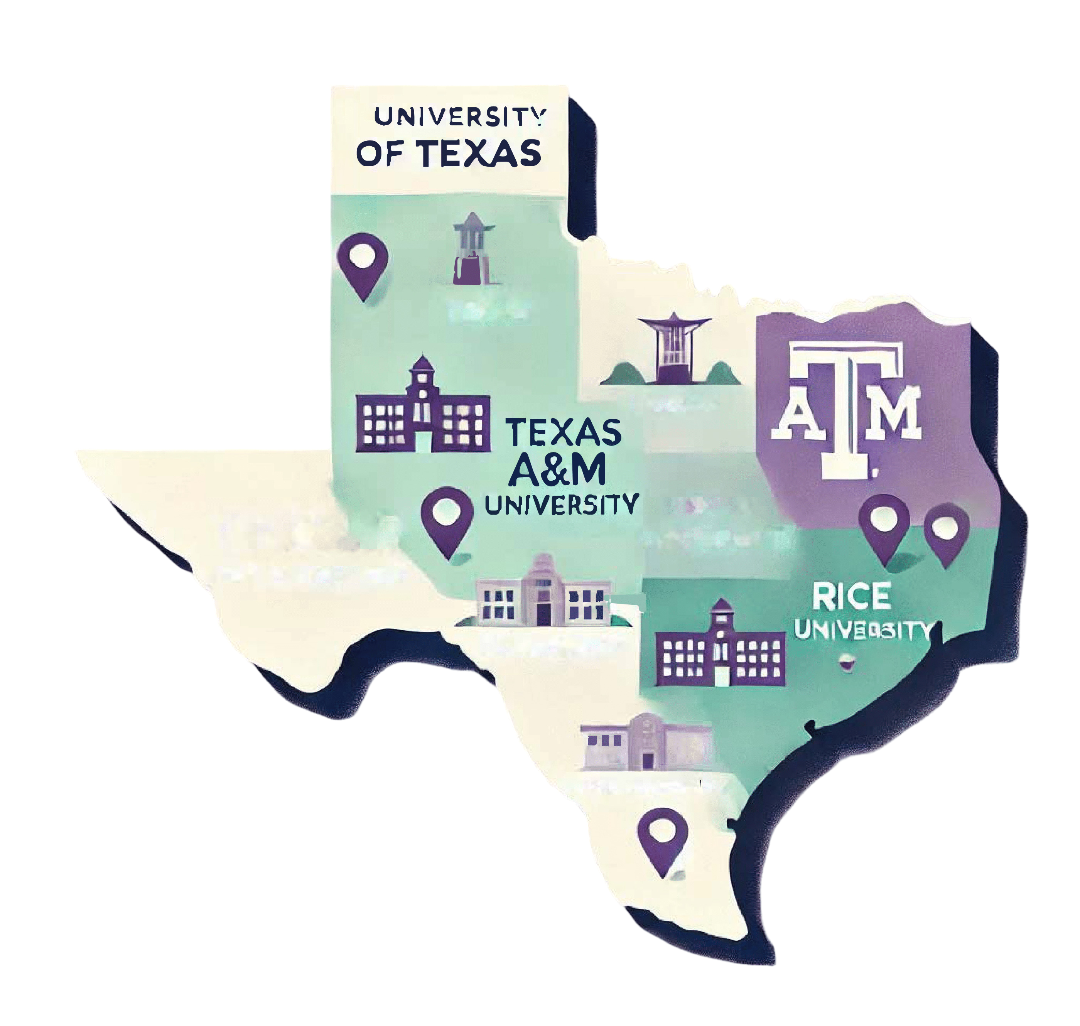Job Market Paper

Strategic Interactions and Peer Learning in Contests
Many educational environments use rank-based rewards that evaluate individuals relative to their peers. While rewarding relative performance can boost effort, it may also discourage cooperation, as students strategically limit knowledge sharing to protect their rank, potentially reducing total learning. This paper studies how competition shapes individual effort, peer interactions, and skill production, using a structural model and a lab-in-field experiment. The model features heterogeneous agents who choose effort and cooperation under competition. The experiment varies competition intensity and peer matching and collects real-time behavioral data through a web-based learning platform I designed, providing the necessary variation and inputs for structural estimation. Experimental results show that moderate competition enhances both individual and peer learning, while intense competition crowds out cooperation and lowers total learning. Students with similar abilities interact less under intense competition, weakening peer learning. LLM-based analysis of chat interactions confirms that cooperative language declines as competition intensifies. I use the structural model to separate the learning technology from the preference and cost components, allowing peer interactions to influence both learning productivity and effort costs. Peer learning entails lower disutility compared to individual learning. Lower-ability students face higher initial costs of engaging in learning, while peer learning helps mitigate them. Counterfactual simulations show that combining rank-based and piece-rate rewards improves learning outcomes by increasing effort while preserving cooperation.
October 2025
Status: WP (Nov 21, 2025)
Presentations: CEA 2025, AFE 2025, MAS 2025, ASSA 2026*,
Working Papers

Do Time Constraints Matter? How, Why, and for Whom?
Exams are designed to rank students objectively by their abilities, including elements such as time limits, the number and difficulty of questions, and negative marking policies. Using data from a lab-in-field experiment, we develop and estimate a model of student behavior in multiple-choice exams that incorporates the effects of time constraints and use it to conduct policy analyses for designing more efficient exams in sorting students. We find that additional time benefits men more than women. Our estimated model shows that this is driven by gen- der differences in the signal production function for the correct answers. Time has a smaller impact on women, while ability and difficulty play a larger role. Risk aversion, in contrast to what is suggested in the literature, does not differ significantly by gender, and confidence rises with more time. Our policy experiments find that exams more effectively rank students when ranking is gender-specific and that time pressure, question difficulty, and student ability have non-monotonic effects on sorting.

Noncognitive Skills and Learning Outcomes in Post-Disaster Recovery
We investigate the role of non-cognitive skills in shaping student outcomes after a major natural disaster. Using a new survey of over 1,600 high school students and their parents, along with LLM-based text analysis, we study outcomes related to mental health, academic performance, post-disaster migration, parental inputs, and new study environments. We then examine how these outcomes vary with students’ non-cognitive skills, specifically grit and resilience. We find that earthquake exposure disrupted not only the physical environment but also mental well-being. The return to baseline non-cognitive skills appears stronger in high-destruction areas. Finally, while academic performance is more responsive to resilience, mental health outcomes are less so, suggesting that coping mechanisms or support systems beyond resilience play an important role to overcome psychological trauma.
Work in Progress

Two-Stage Affirmative Action and Student Effort
AbstractTwo-Stage Affirmative Action and Student Effort
We introduce a two-stage prize allocation rule to explain the differing effort responses of students based on their school rank under percent plans. The variation in effort is driven by heterogeneity among students and their relative proximity to the cutoff for automatic college admission. Using a large contest framework, we derive theoretical predictions and provide empirical evidence in the context of Texas, leveraging data from a high school student survey. The findings highlight that while the top-ranked disadvantaged students benefit from the policy, a significant portion of disadvantaged populations may remain unaffected by the policy and show little to no adjustment in their perceived admission chances. Additionally, we explore the policy implications of these results through simulations.
October 2025
Status: Analysis ongoing.